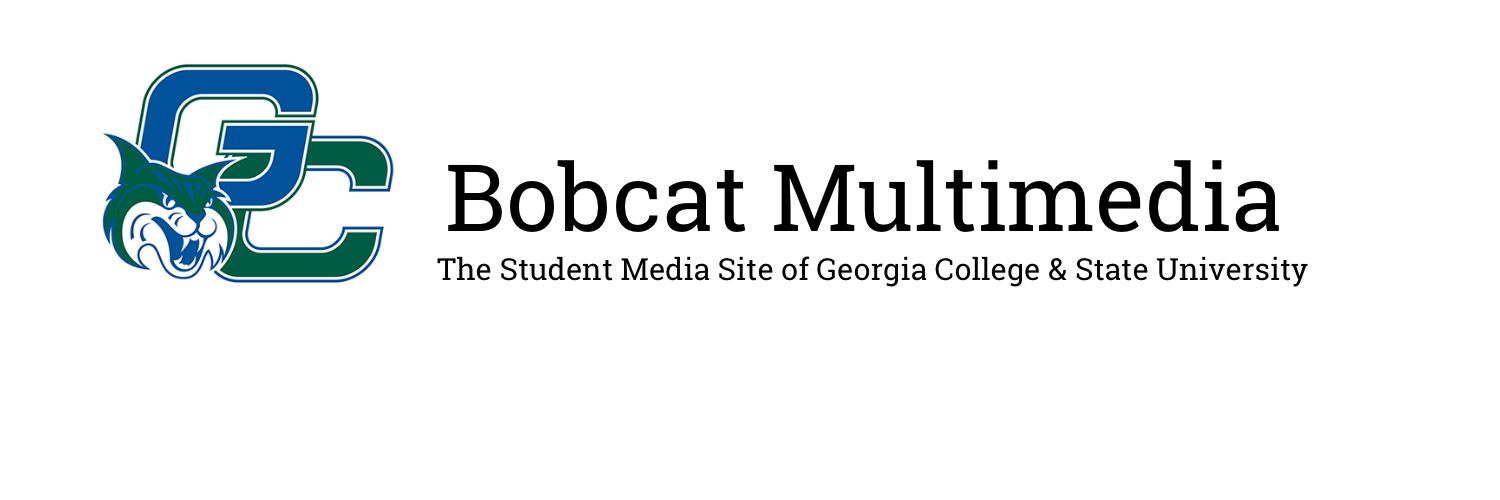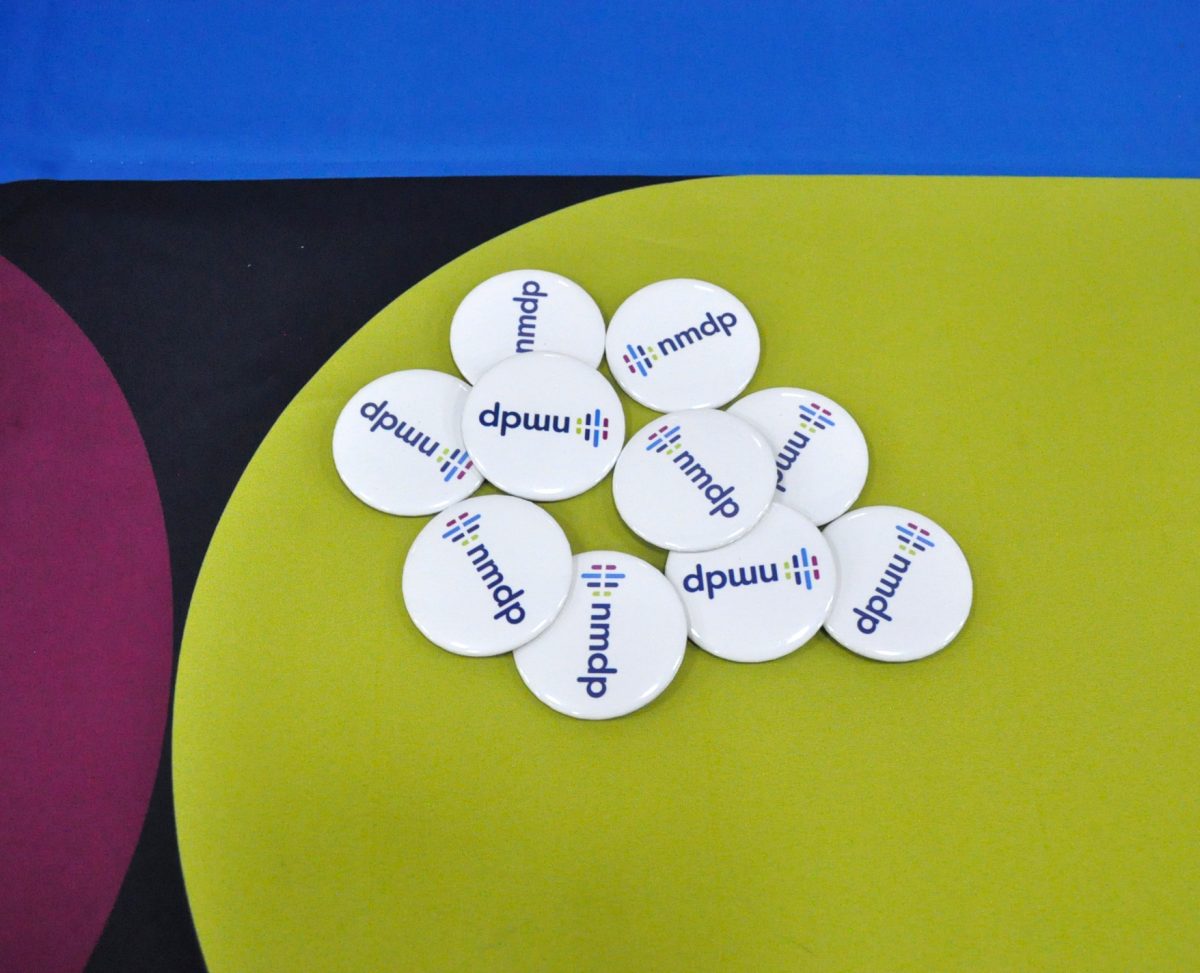Milly Science Cafe partnered with the National Marrow Donor Program, or NMDP, to inform the people of GCSU about the process of donating bone marrow and blood stem cells to save the lives of people with blood cancer and disease. On Oct. 22, they hosted an event called the “Life Saving Match: How Your Bone Marrow Donation Can Make an Impact” in Allens Market on 101 W Mcintosh St, Milledgeville, GA 31061 at 6:30 p.m.
The NMDP is a non-profit organization that has a worldwide registry with thousands of donors in hopes of helping patients diagnosed with blood cancers like leukemia, aplastic anemia and sickle cell anemia.
During the event, they had six tables set up for people to visit and learn about the different diseases, cancers, Human leukocyte antigen, or HLA type.
“So we have aplastic anemia, which is a genetic disease,” said Caroline Hardagree, a sophomore biology major. “ It’s a rare blood disorder where the bone marrow fails to produce enough blood cells, leading to fatigue and increased infection and risk.”
To register to donate you must be between 18 and 40, a resident of the U.S. and able to meet the medical guidelines of NMDP.
There are two ways to donate: one is through blood stem cells, and the other is through marrow donation.
“The most common and the preferred method is a stem cell donation, which is similar to donating platelets or plasma, a process called apheresis,” said Melinda Garrington, an account manager in the member donor recruitment department. “That’s the most common. A doctor might also request NARO, typically for an infant or a pediatric patient, and that is a 30-minute procedure done in a medical facility. They do use a needle to draw the marrow from the back. You’re under anesthesia for it. It takes about 30 minutes.”
You can swab your cheeks using the kits provided by NMDP, and your genetic type will be included in the search process for patients in need of a blood stem cell donor.
Blood stem cells are immature cells that can become any blood cell, like red blood cells or white blood cells. They divide to create new stem cells or cells that help the immune system. When a patient with blood cancer gets a donation, the blood stem cells enter the body and start creating new cells that will replace the sick cells.
“Blood cells, once they’re sort of mature, they die off pretty frequently, and we need to constantly replenish them,” said Kasey Karen, a biology professor. “So we have these stem cells that are what we call undifferentiated. So they don’t know what they’re going to be yet, and they’ll keep replicating and then start differentiating and replenishing all of the cells that you’ve lost over time, and so they’re incredibly important for everybody.”
When a donor is matched with a patient, the donor will be contacted by NMDP, and will be given shots of filgrastim to prepare your body for the donation.
The shots will be given five days leading up to the donation, and the last shot will be given on the day of donation. This medicine moves the blood stem cells from the bone marrow and into the bloodstream so they can be collected. The process is called Apheresis, and it involves a machine that separates the blood stem cells from the blood. Then, the machine returns the blood to the donor’s bloodstream.
To join the registry to become a donor, go to the NMDP site and fill out the contact information, health information and emergency contact information. Then request a swab kit to be mailed and follow the instructions on the package and send it back. If matched, the NMDP will get in contact with the potential donor and cover all expenses related to donation.


